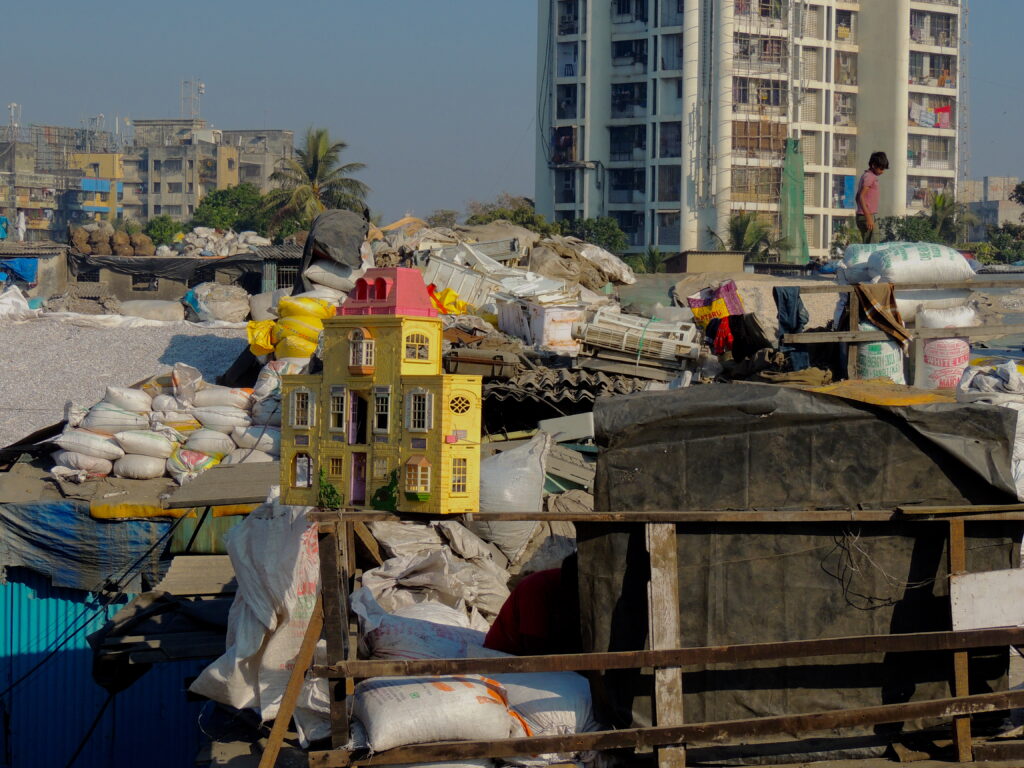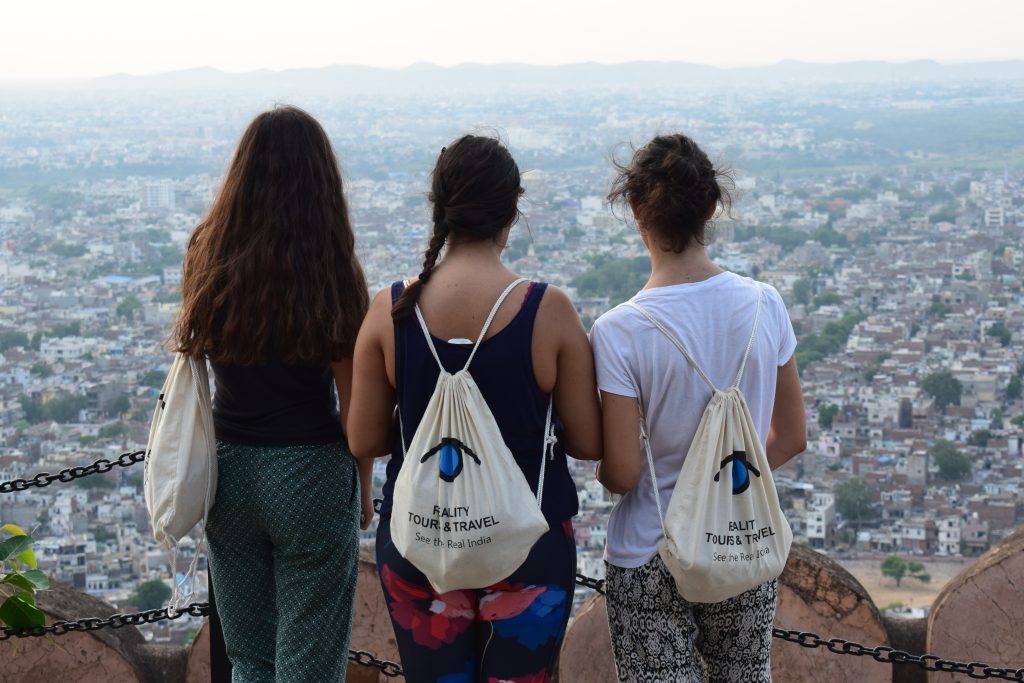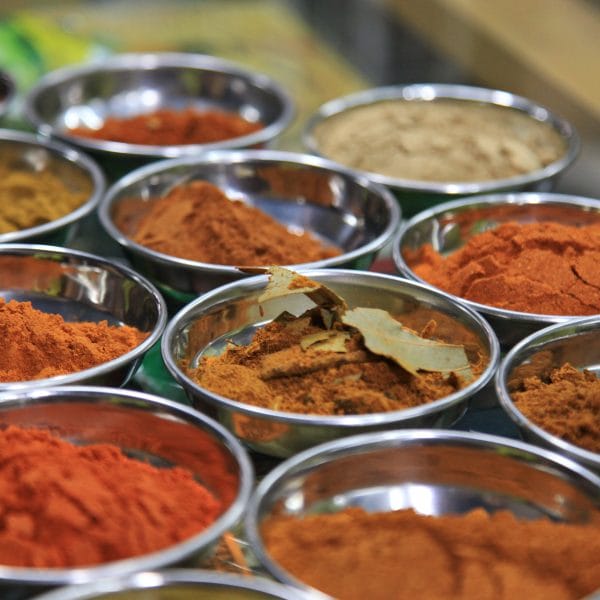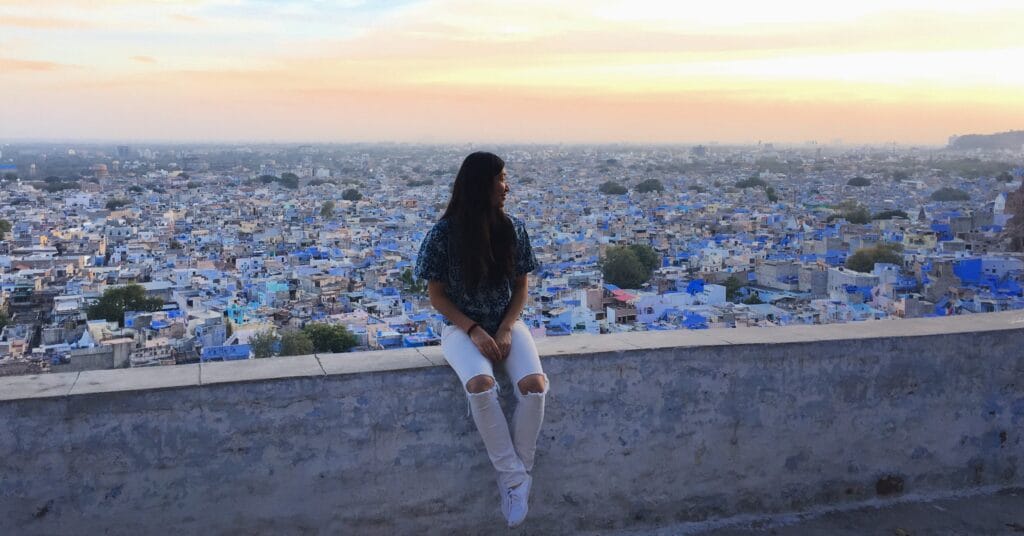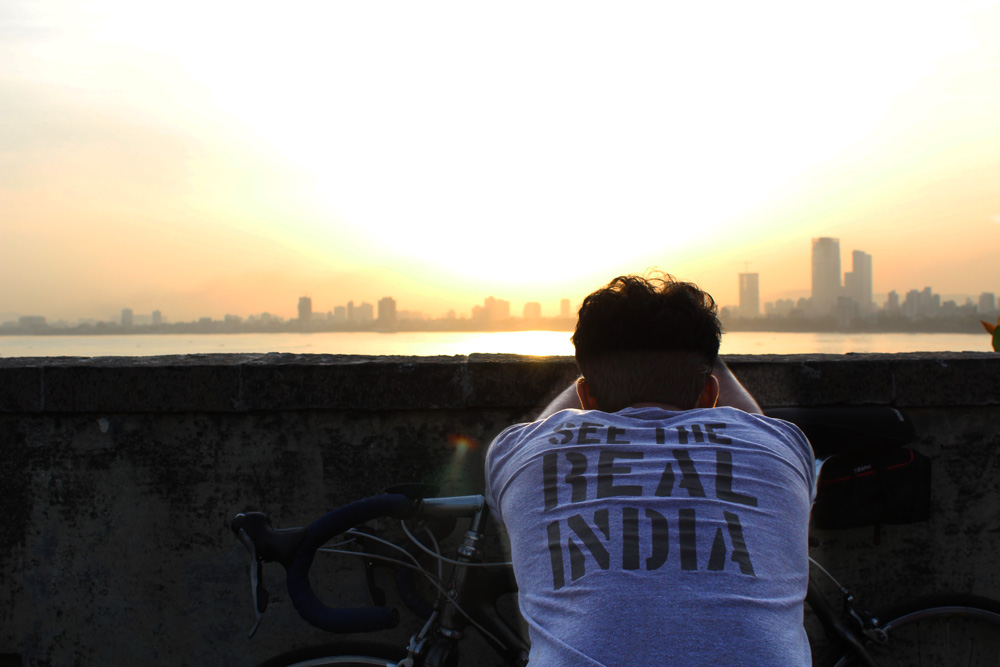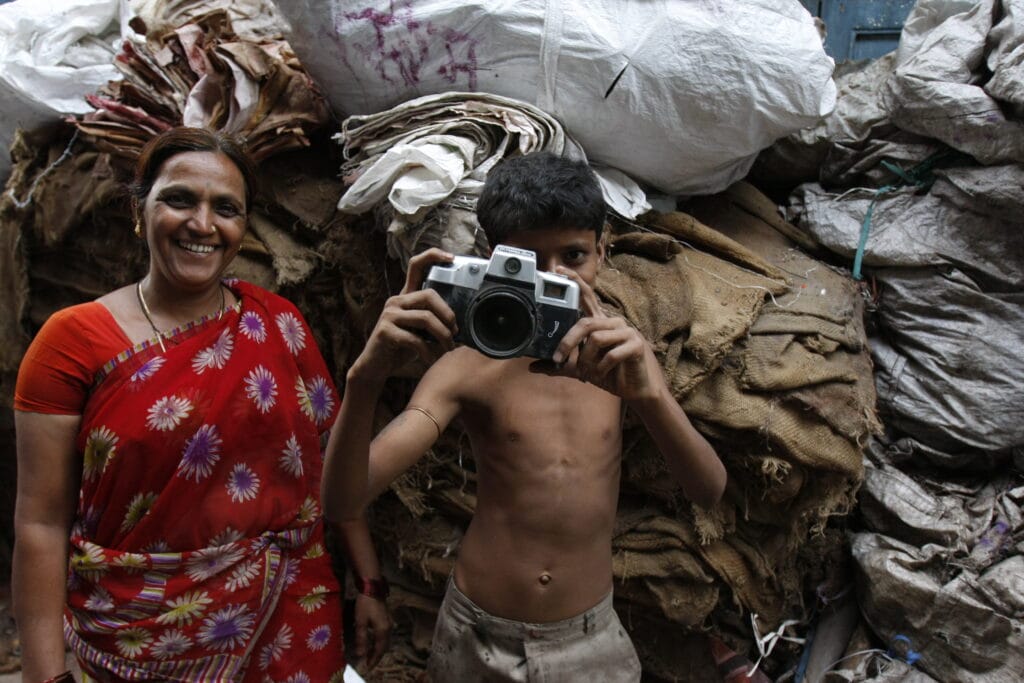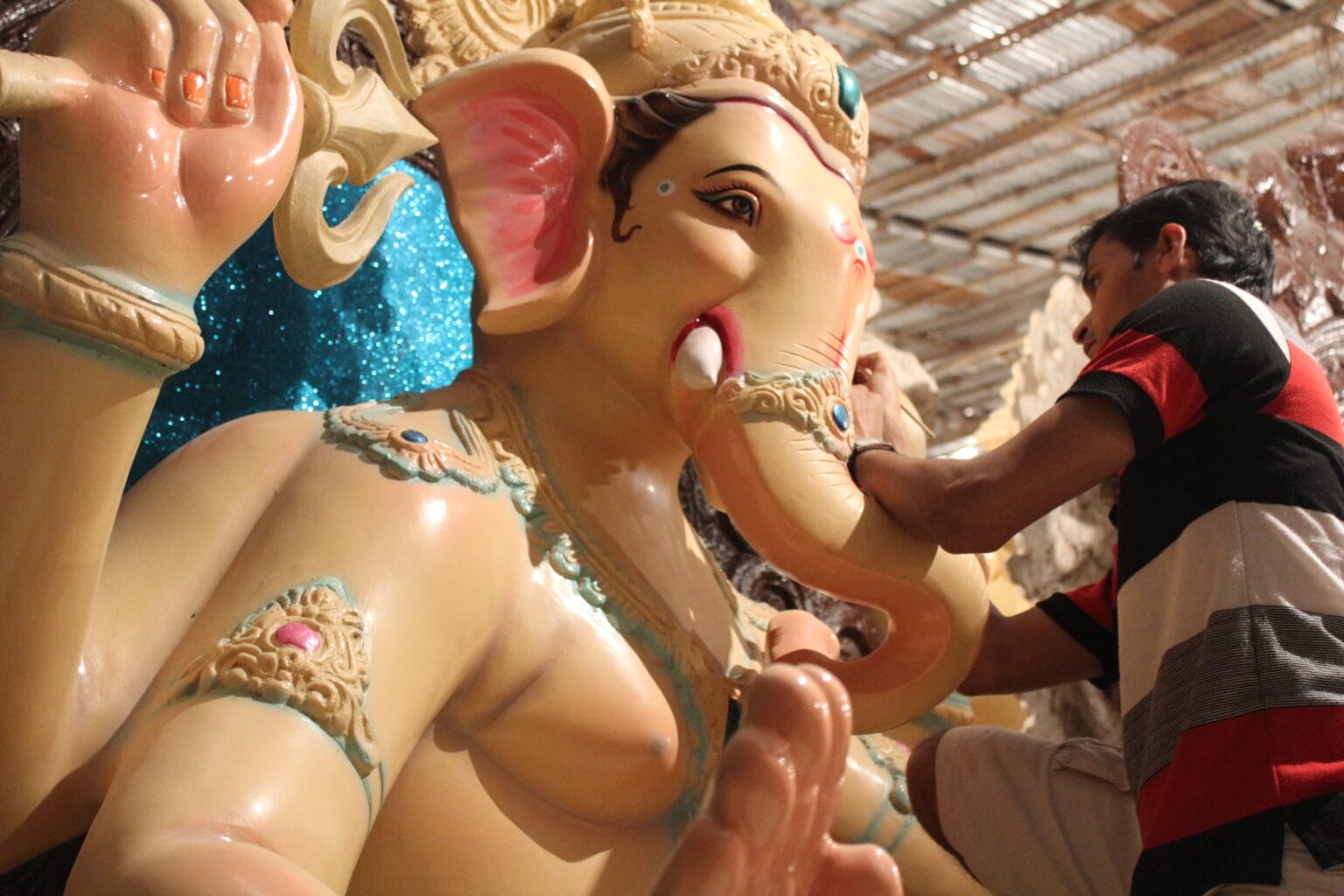Nick takes us through his experience last year during Ganesh Chaturthi and explains what he learned.
The Modern Origin
There weren’t any crowds when we turn onto the side street indicated on our map. It was surprising considering my friend and I were trying to find the housing society responsible for the modern form of Ganesh Chaturthi, Mumbai’s biggest festival, during the holiday itself. We went down the entire lane only to find a small Ganesh in a nearly empty housing society courtyard. We decided to ask them for directions.
As we walked into the courtyard, with facads in the old Portugese style rising up on either side of us, a young man sitting on a wooden platform in front of the Ganesh pandal immediately bounced to his feet and came to greet us. He was incredibly friendly and quickly informed us that this was indeed the first society to celebrate the festival in its modern form, which they have been doing continuously for the past 121 years.
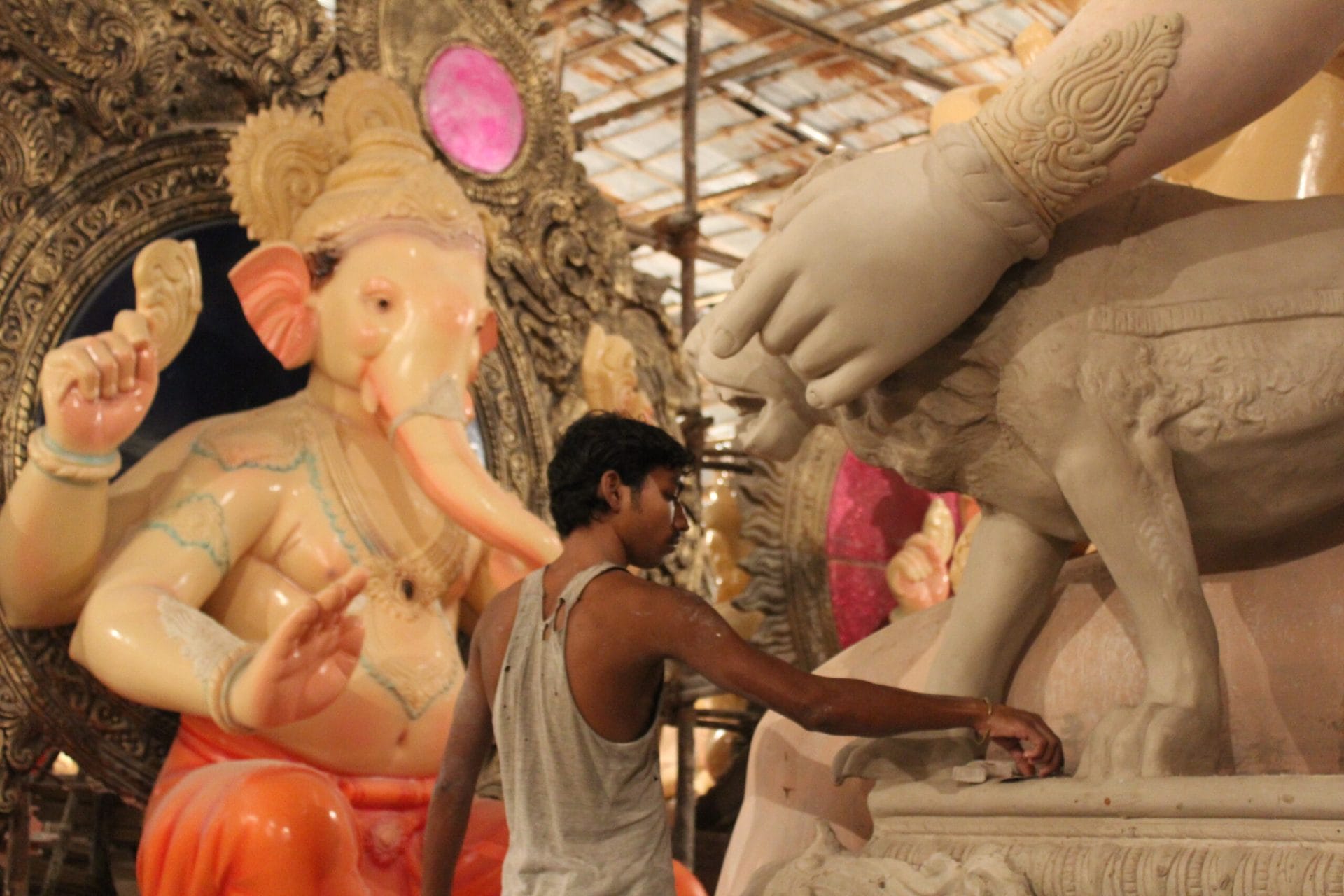
Ganesha Chaturthi is a 10 day Hindu festival in honour of the elephant headed god Ganesha, the remover of obstacles and god of wisdom. Families and communities install a clay statue of the god in their home or a communal space and honour the god each day, at times led by a priest, with a variety of rituals. At the end they lead a procession with the statue to a body of water and immerse him. The immersion represents sending the god home along with the troubles of man and everyone prays that he will come again early the following year.
The festival has existed for centuries but its modern, communal form is much newer. We learned from our young host that it was started in 1893 by the activist Lokmanya Bal Gangadhar Tilak to fool the British. At this time the British had imposed a 6pm curfew on Indians. To get around the curfew and facilitate the exchange of information, Lokmanya Tilak made a small but significant change to how Ganesha Chaturthi was celebrated. Instead of having an idol in your home and celebrating with your family, everyone began celebrating as a community with one Ganesha idol for everyone. They explained to the British that the community would need to gather every night over the 10 day festival, after 6pm, to honour the god (and of course chit chat a bit). The British couldn’t do anything to prevent this.
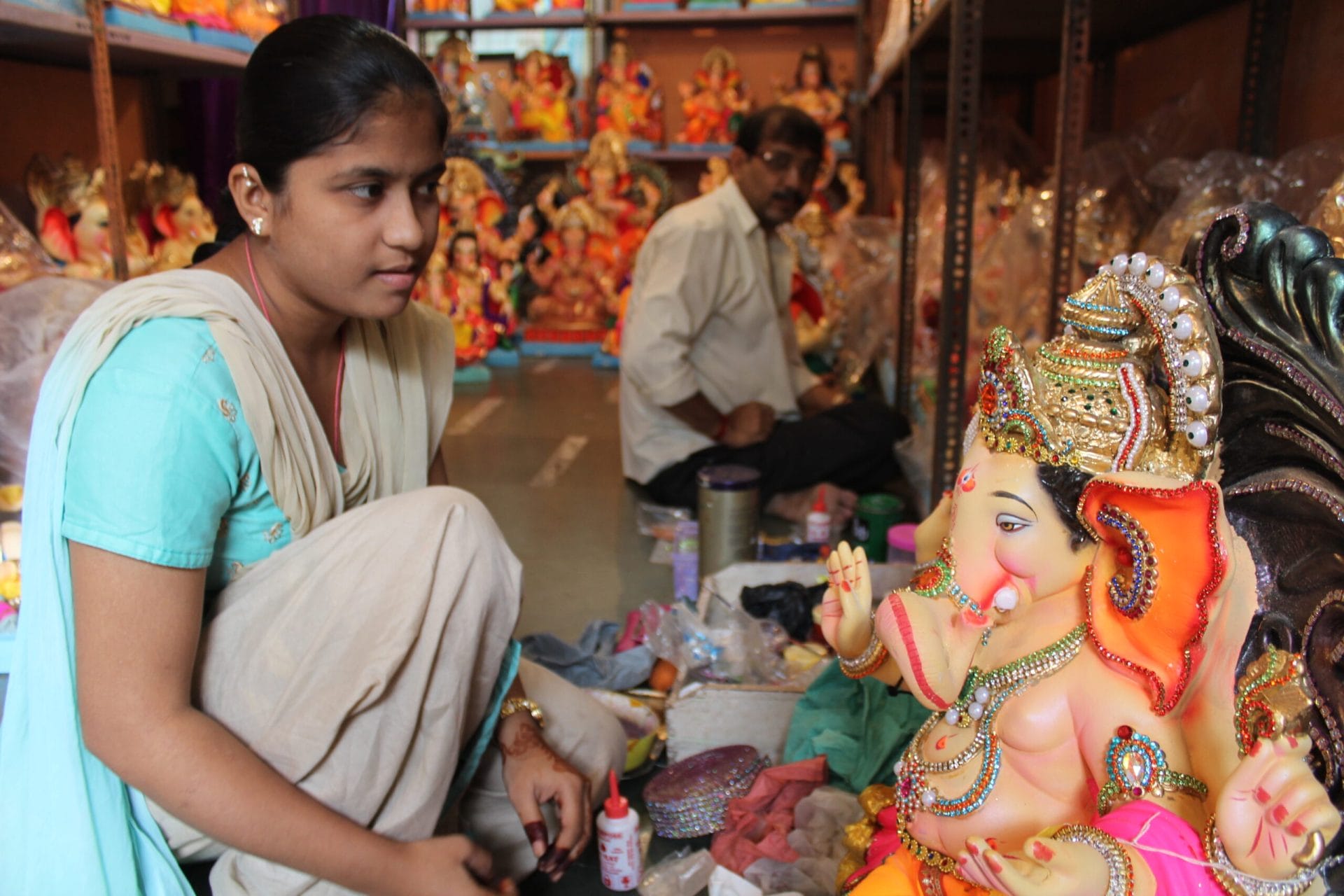
Our host showed us their idol and insisted we take a picture in front of it. He explained that they have deliberately tried to keep their celebration simple and as close to the original celebration as possible. Everything is done by member of the society – from sculpting the statue to playing in the band during the procession to the water on the final day.
After getting to the bottom of the historical origin of the festival, it was time to see the main event, the immersion.
The Grand Finale
Witnessing the immersions on the final day at Chowpatty can be intense due to the crowds and most people will recommend that you avoid it. But we wanted to see this famous spectacle ourselves.
It was only two of us. We had decided to go, but that didn’t mean that we weren’t nervous; we knew what crowds in India are capable of. We took a few precautions: a small group, a well-sealed bag for our wallets and phones, and an early arrival.
The train station nearest the beach was closed so we went one stop further so we could walk back north along the iconic Marine Drive and get a nice view of the beach as we approached. The crowd started from one station away. As we made our way down Marine Drive we decided to hop up on the wall lining the coast and follow the line of people making their way to the beach.
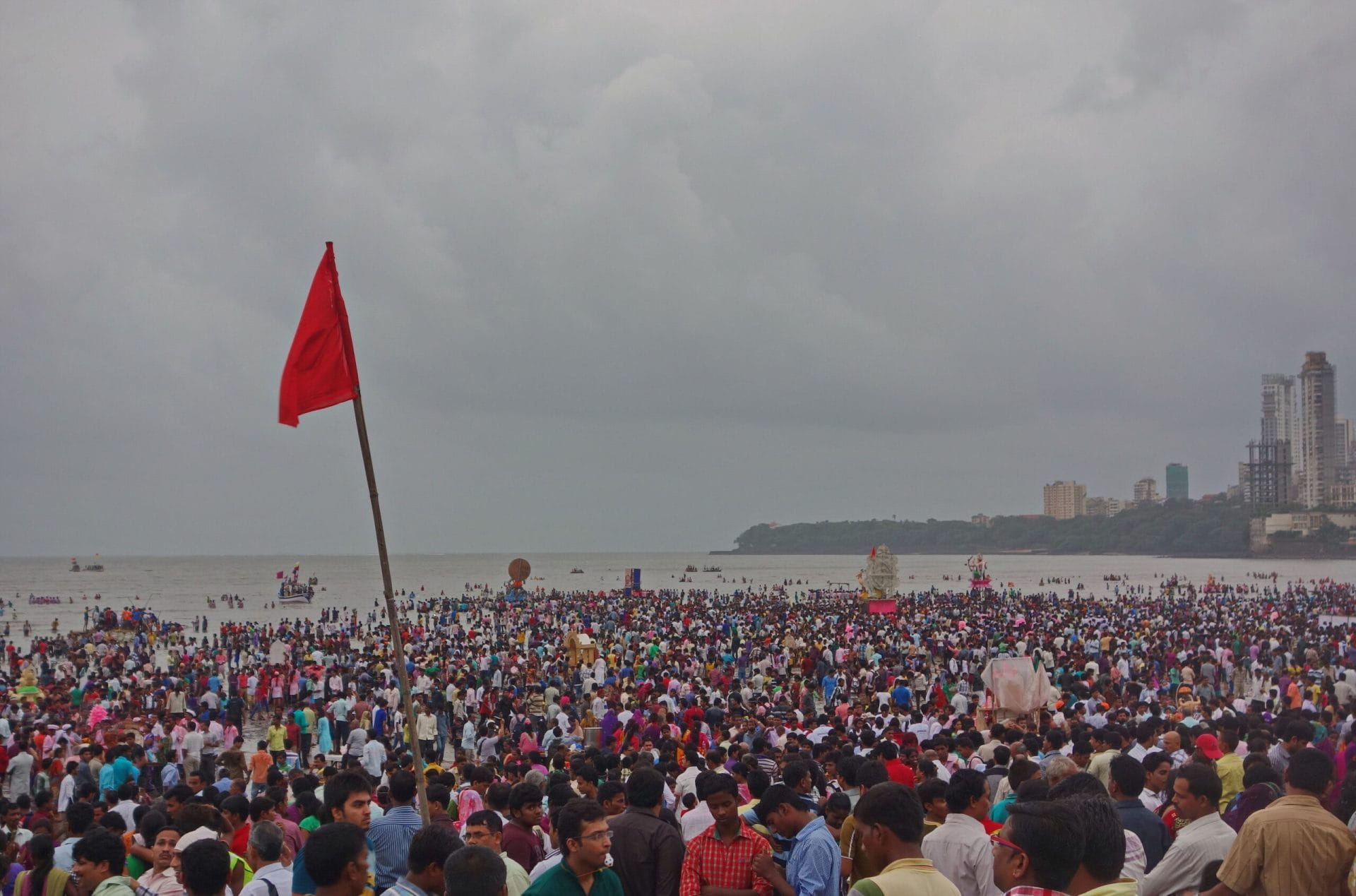
The view was surreal. Tens of thousands of people were already gathered in the distance on the beach and seemingly floating along the crowd were 20+ foot statues of the elephant headed god making their way down to the water. We had to get closer.
As big and dense as the crowd seemed, it never became impenetrable. We were able to work our way all the way to the runway that led down to the water. From there we could see the procession of idols entering the beach from the street. The followers were separated and routed off to the side while a core group was allowed to continue and immerse the statue. At the entrance of the beach, stadium seating was set up for VIPs to take in the spectacle unburdened by the crowds.
We watched in utter astonishment at this dreamlike spectacle unfolding before us. Each statue was more elaborate than the next and they just kept coming. When they got to the water, too shallow to actually submerge a 20+ foot statue, each group would begin zealously splashing the idol as a group. spanish to belarusian We then retreated to the food area for dinner. This was after all, the first stop on the Reality Tours food tour, so we knew all the best stalls to eat at.
Gaining an intimate and well-rounded insight into this iconic Mumbai festival has been one of the most interesting experiences I’ve had during my time in India.
It motivated me to create a tour with the help of our Mumbai experts at Reality Tours, so we can share this experience with as many people as possible. Whether you join us for our Ganesh Festival Tour in Mumbai or choose to go on your own, be sure not to miss this festival!
Quick tips:
- Dates: September 13 – 25
- Immersions typically take place on the odd dates
- Almost every beach in Mumbai will be the site of immersions, but Chowpatty is the biggest and most famous location
- The crowds and statues get progressively bigger as the festival continues
- Try to join a housing society’s immersion procession

